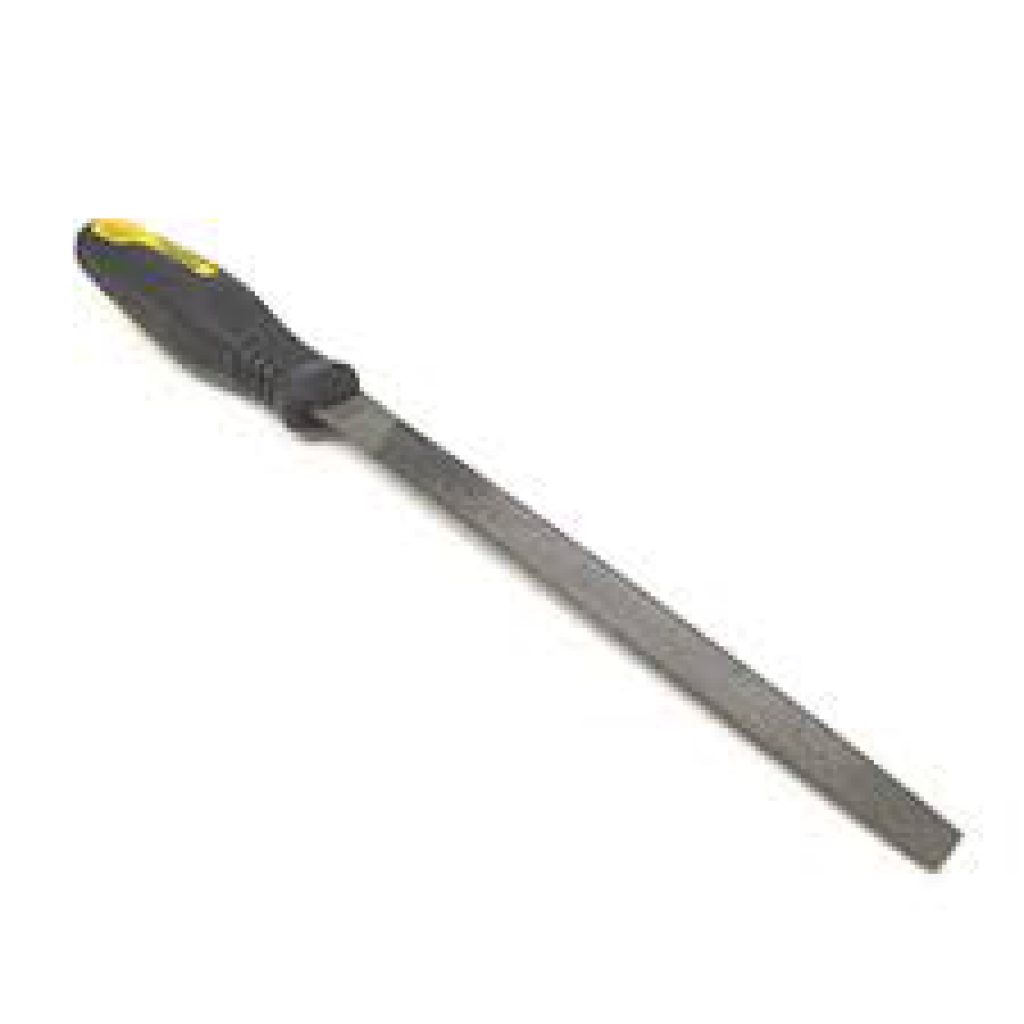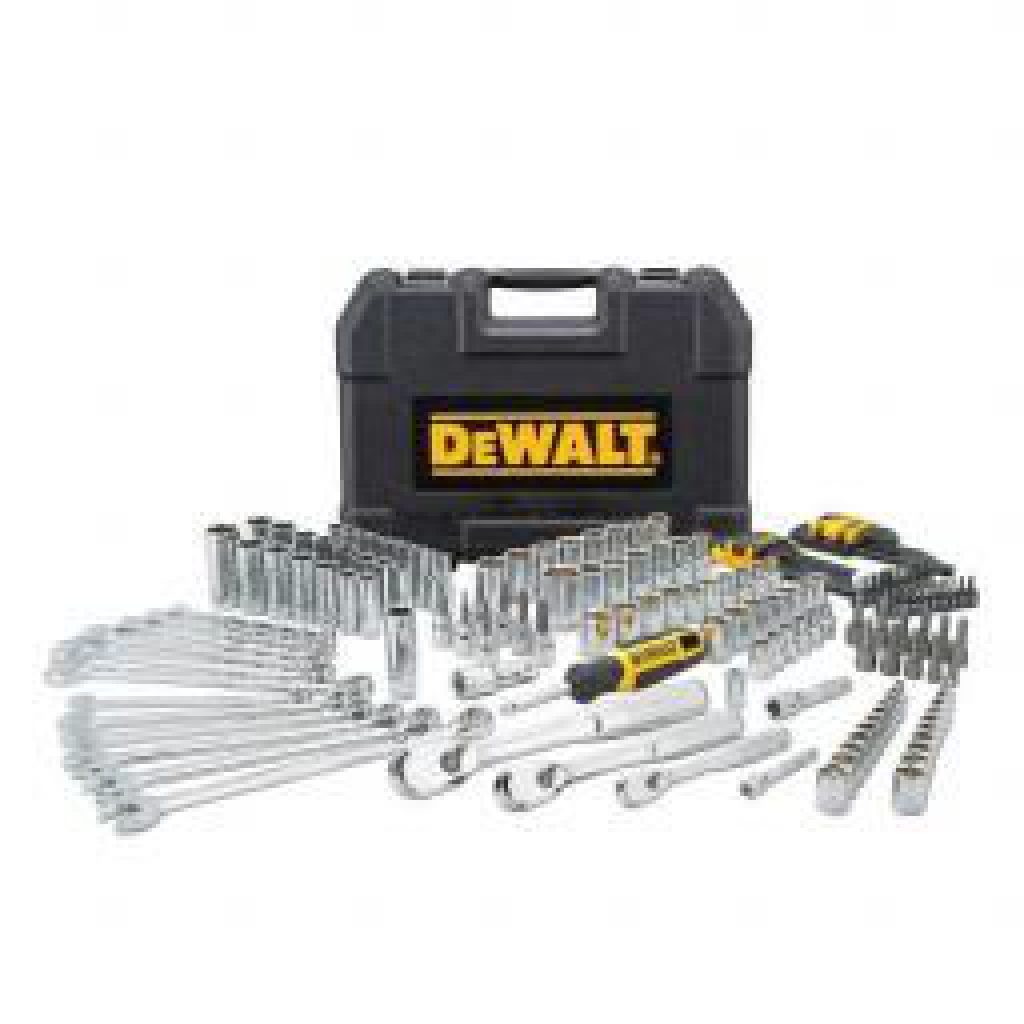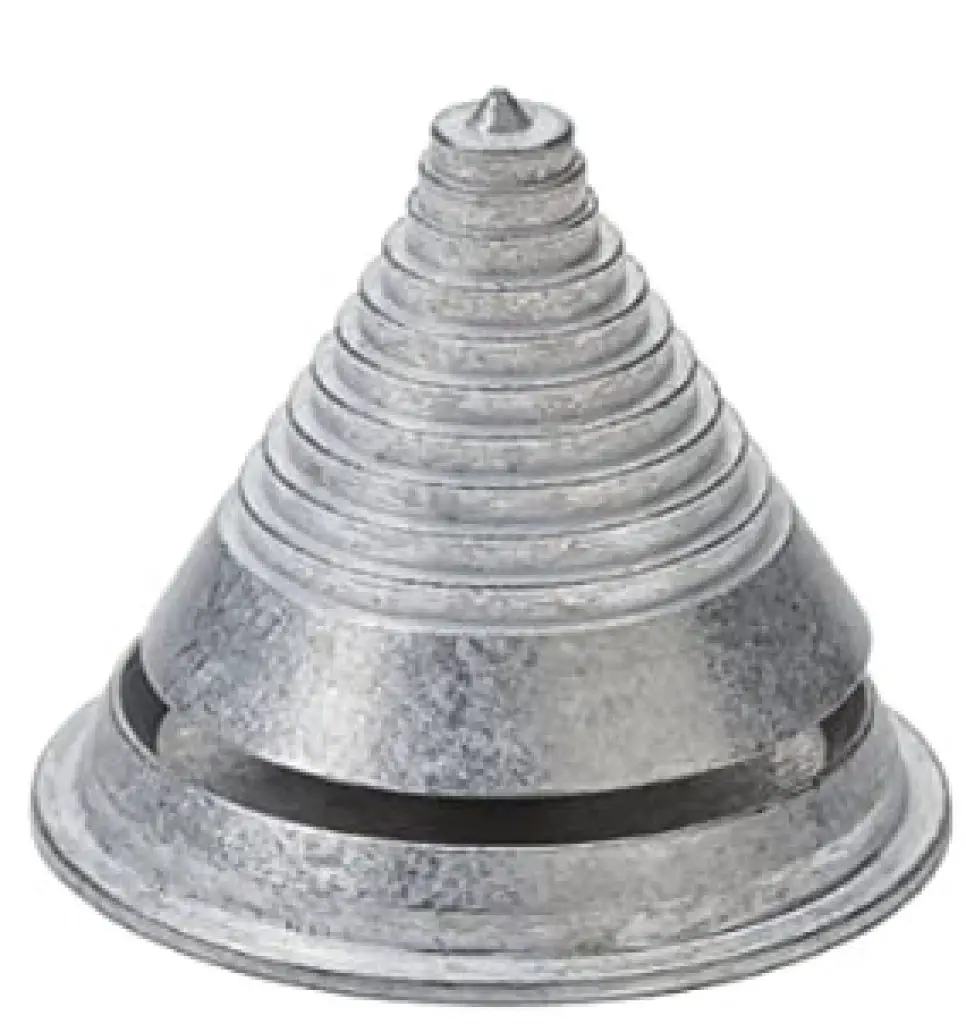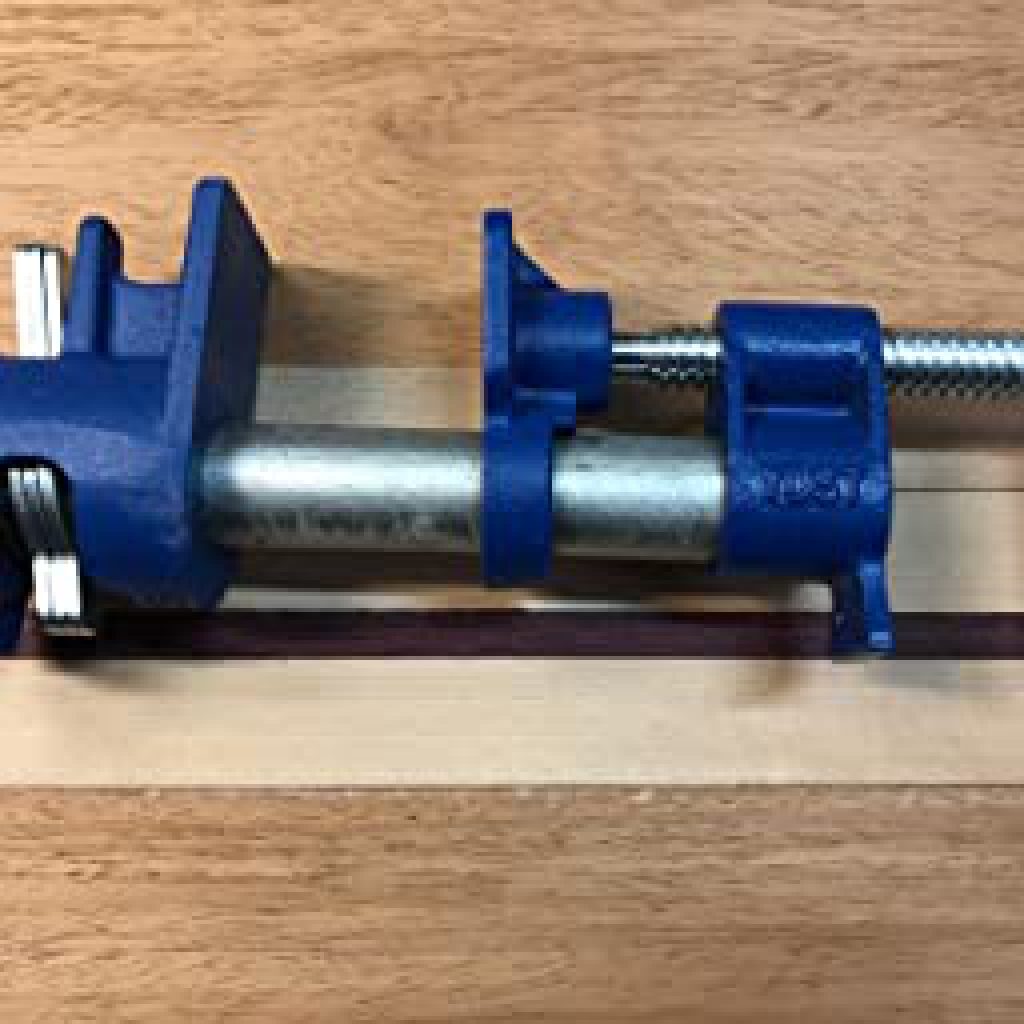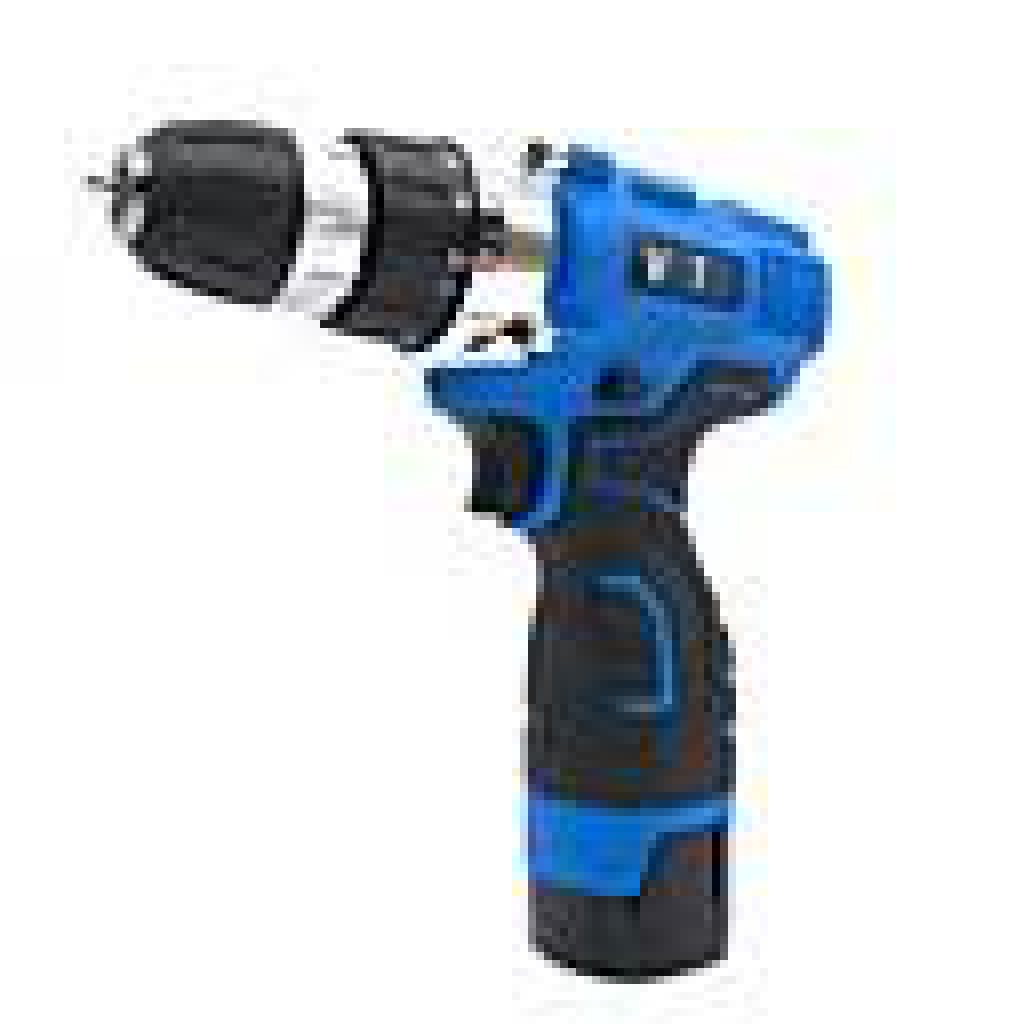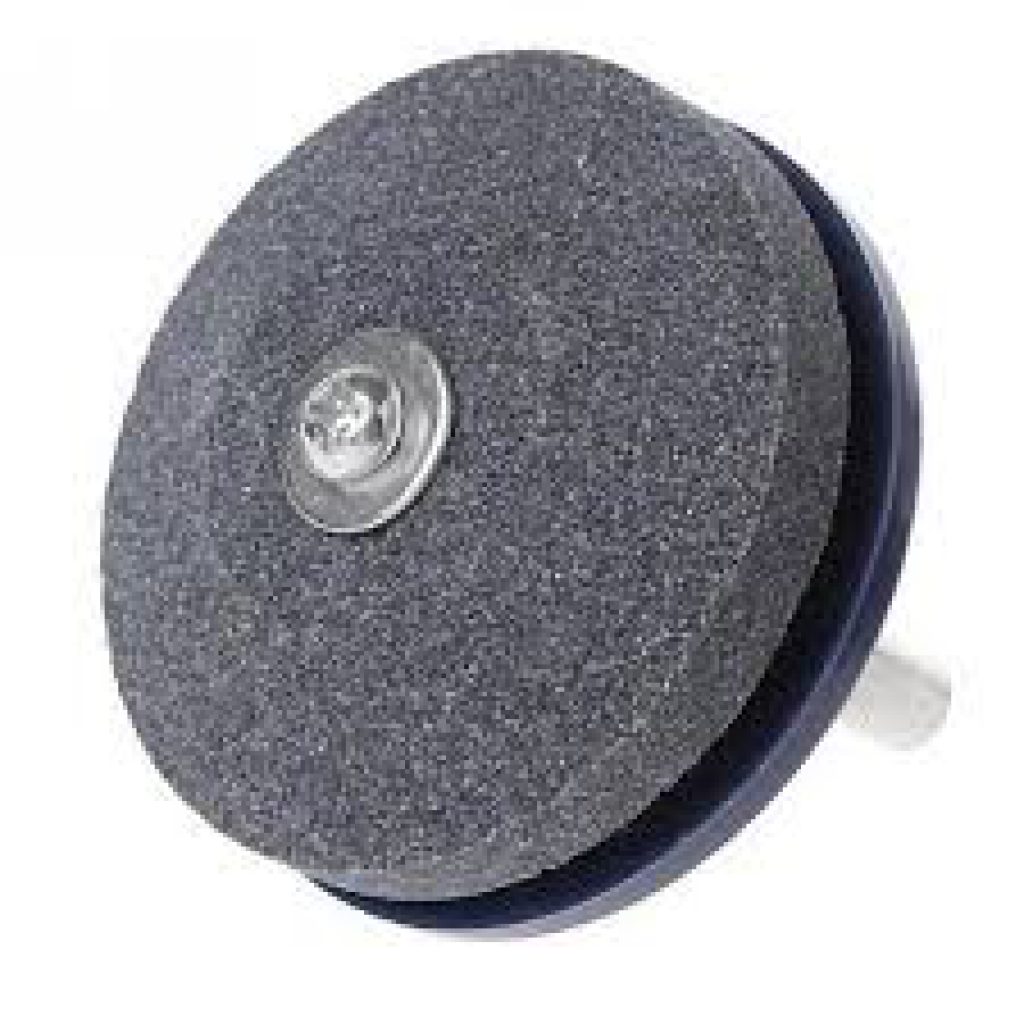Is sharpening your lawn mower blade a pain?
Is my assessment accurate?
My tested, step-by-step method allows you to sharpen lawn mower blades in under an hour. It’s that simple!
Ready to proceed? Let’s begin.
Before diving into the main guide, let’s explore some key facts about mower blades.
Difference between Sharp and Dull blade

A sharp lawnmower blade saves you time and ensures a clean, efficient cut. This also helps prevent the spread of lawn fungus.
A dull blade struggles to cut grass cleanly, often tearing it instead. This can damage the grass and encourage fungal growth.
After mowing for a few days, you might notice your lawn turning an unhealthy brown. Nobody wants a brown yard!
Maintaining a healthy lawn requires sharp lawn mower blades. It’s the only way to achieve optimal results.
How often sharp lawn mower blades?
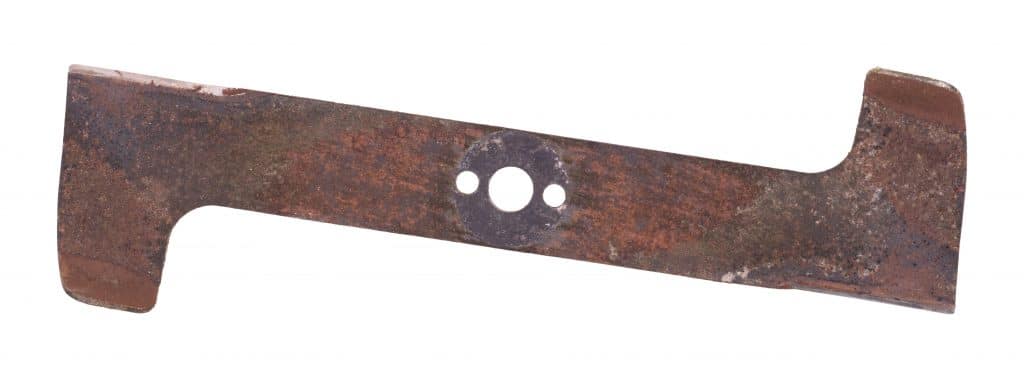
For a vibrant, healthy lawn, we strongly advise sharpening your mower blades at least twice annually. Some manufacturers even suggest sharpening after every 10 hours of mowing.
Therefore, sharpen your lawn mower blades meticulously every year before the mowing season begins.
How to sharpen lawn mower blade?
Maintaining sharp mower blades is simple with the correct techniques.
Following our updated 2025 guidelines, sharpening one blade with a hand file takes approximately 15-20 minutes. Experienced users can achieve this much faster, using a bench grinder in just a few minutes.
This guide provides a complete, updated-for-2025 walkthrough on sharpening your lawn mower blades. Learn the process step-by-step for optimal results.
Let’s get started with the instructions now.
Overview sharpening your mower blades
How to disconnect the lawn mower spark plug?

Your safety is paramount. Disconnect the spark plug before blade removal. A spark plug socket simplifies this crucial step.
Before working on your lawn mower, prioritize safety. For cordless models, detach the battery. For corded electric mowers, unplug the extension cord. If you have a gas-powered mower, carefully drain the fuel tank to prevent spills during blade removal.
A key question arises: Why should you disconnect the spark plug before sharpening lawnmower blades?
What are the key driving forces behind this?
For safety, ensure the spark plug is disconnected. Accidental starts can occur if it remains connected.
Remember this crucial point: After removing a spark plug, secure it immediately. Tape or tie it back to prevent accidental contact and engine ignition.
Tip mower on its side

Tipping a lawn mower requires a strategic approach. Always tilt it onto the side where the exhaust is located. Ensure this is the side opposite the carburetor.
Before tilting, double-check that both the gas and oil caps are securely tightened.
Remove and clean the lawn mower blades
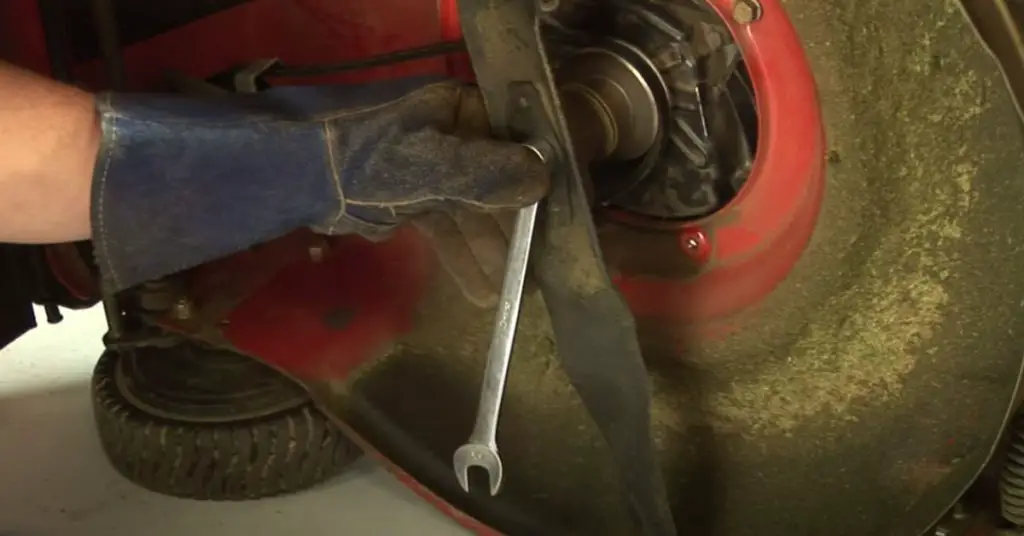
Next, wear your gloves. Use a socket wrench (like this one) to detach the blade mounting bolt. Hold the blades securely. Keep all bolt washers and mounting hardware safe. We’ll need to reuse them later.
Next, thoroughly clean the blades.
Grab a cloth. Cleaning the blade before sharpening takes just a few minutes.
3 Proven Methods to Sharpen the Blade Easily
These user-friendly tools offer a fast and efficient way to sharpen your blade’s edge.
Method – 1: Sharpen lawn mower blade with hand a file
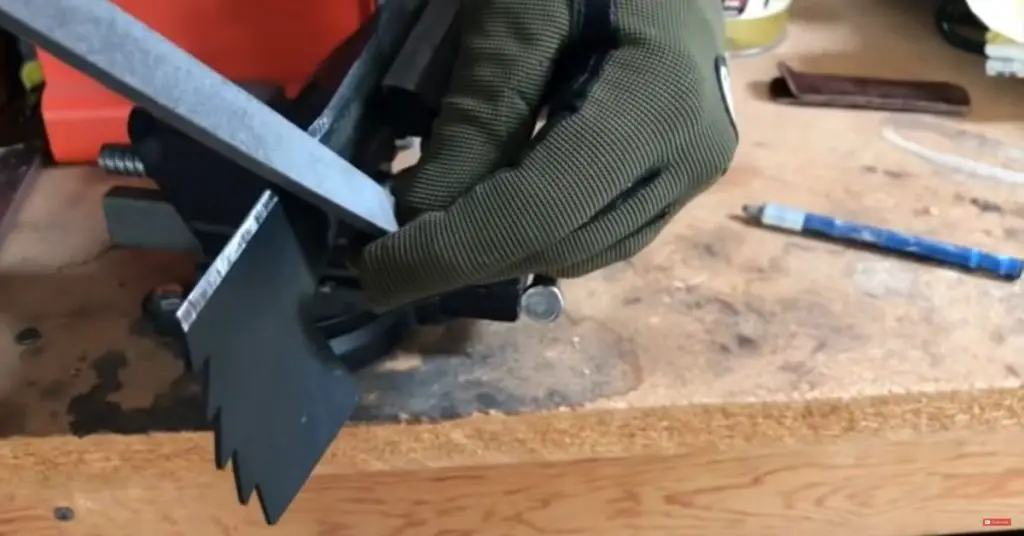
Need to sharpen a dull blade fast? A flat hand file is your go-to, user-friendly solution.
Always sharpen from the top of the cutting edge. This ensures your blade retains its sharpest edge for the longest time.
Secure the blade using a robust vise or clamp. Apply moderate pressure to the file. Move it at a 90-degree angle to the blade’s edge. Ensure even filing across the entire edge. Repeat this process on the opposite side after completing one side.
Important:
Avoid creating an extremely sharp edge, as it can lose its sharpness faster. A slightly less sharp, “butter knife” edge offers the best durability.
Sharpening a mulching blade presents a unique challenge. These blades often feature extended or curved cutting edges. This requires a variety of file types. If you find this task too complex, consider professional sharpening services. A hardware store or blade sharpening specialist can restore your blade’s edge.
Method – 2: Using a bench grinder – for experts
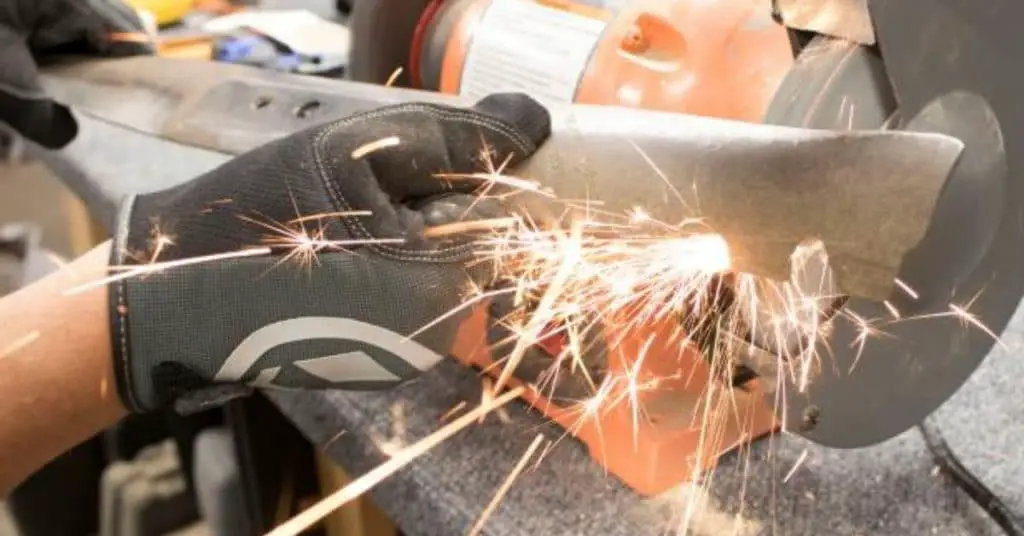
In 2025, professionals favor using a bench grinder. It’s the quickest method for achieving a razor-sharp edge on blades.
However, bench grinders frequently eject sparks and particles. Plus, they generate significant noise.
Prioritize safety! Before grinding, always wear safety glasses, earplugs, work gloves, and long-sleeved shirts. This gear shields you from metal fragments and sparks.
Activate the bench grinder. Confirm you can comfortably hold the blade. This ensures easier and more precise shaping.
Always confirm the blade is at the proper angle. Move the edge smoothly back and forth against the grinding wheel.
Important:
Maintain a consistent angle throughout the sharpening process. Changing the angle mid-stroke can damage your blades.
Best Lawn Mower Blade Sharpeners Bench Grinder
| Products | Price |
|---|---|
| Oregon 88-023 Professional 1/2 HP Lawnmower Blade Grinder | View On Amazon |
| Work Sharp Knife & Tool Sharpener | View On Amazon |
| Smith’s 50603 Lawn Mower Blade Shop Essentials Sharpener, Orange | View On Amazon |
Method – 3: Hand drill and the sharpening stone
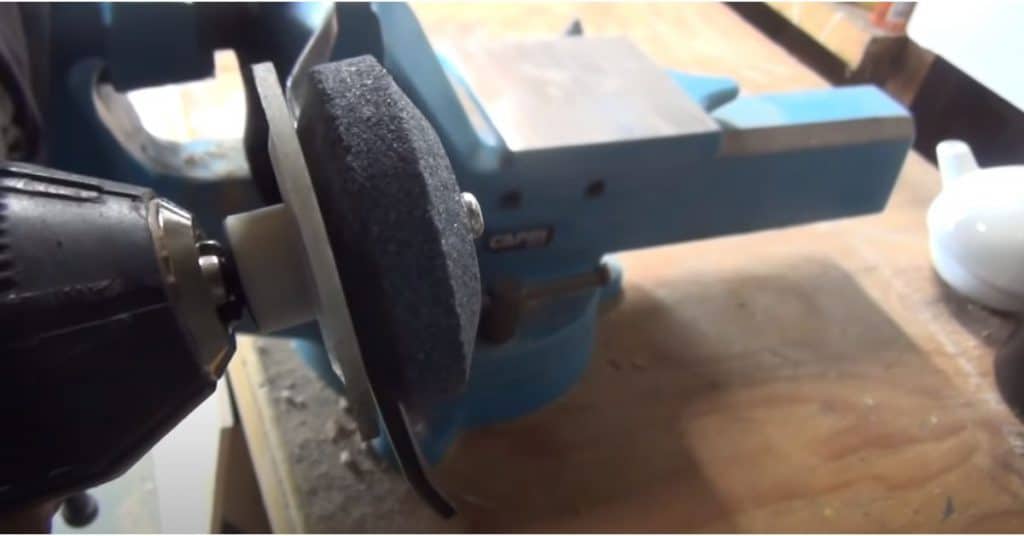
You can also sharpen your blades quickly using a hand drill and a sharpening stone. This method offers a simple and effective way to restore the edge.
This tool functions similarly to a bench grinder. However, it operates at a slower speed than a bench grinder, yet it’s faster than using a hand file.
This blade sharpener precisely aligns with your mower blade’s edge. Sharpening becomes effortless, minimizing mistakes and maximizing efficiency.
Important:
Lawn mower blades are crafted from softer steel. If you lack experience with grinders, exercise extreme caution. Grinders operate rapidly and can be difficult for novices to manage.
Check blade balanced
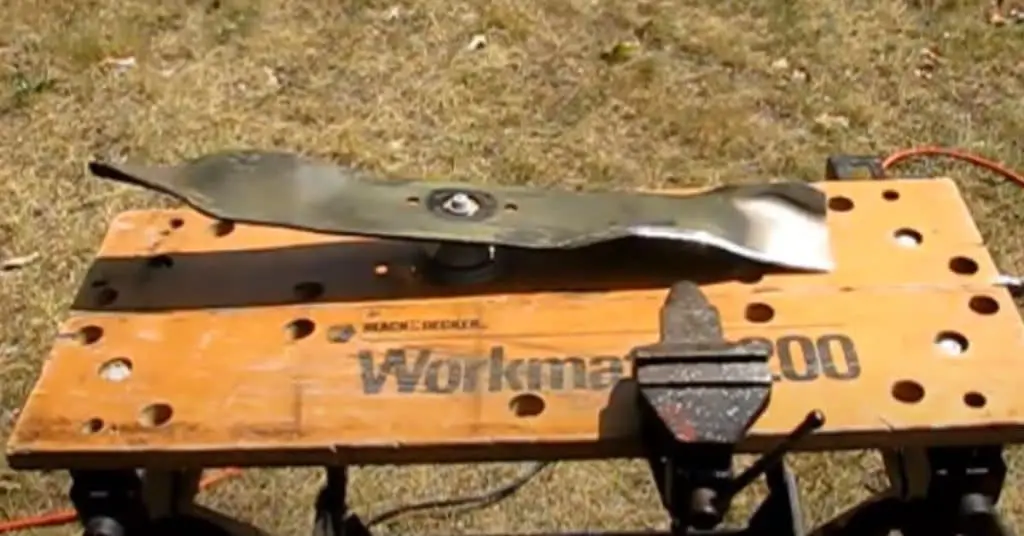
After sharpening both cutting edges, balancing the blade is crucial for optimal lawn mower performance in 2025.
Unbalanced blades can severely damage the motor. They also stress the mower, ruin the blade’s shaft or bearings, and cause vibrations.
To check the balance, drive a nail into a stud. Then, position the blade on it like an airplane propeller and observe if it stays level.
Alternatively, use a blade balancer. Ensure the balancer is on a flat surface before placing the blade on top.
If one side drops, it’s heavier. Remove more metal from that side using a file or grinder. Repeat until the blade remains level.
Tip:
Proceed slowly and check the balance frequently.
Paint & Reinstall the lawn mower blade
After completing all the steps correctly, apply paint to the blade. This protects it from rust. Let the paint dry completely before reinstalling the blades. Use a socket wrench to securely tighten any nuts or bolts.
Once the blades are reinstalled, carefully return them to their initial positions within the mower. Securely reconnect the spark plug.
Required Tools and material for this Lawn Mower Blade Sharpening Project
Tools
Materials
Maintenance Your Mower Blade
Keeping your lawn mower blades sharp is essential. It’s a beneficial practice for ensuring a healthy and vibrant lawn. Learn more about the advantages of sharp mower blades.
Conclusion
Everything is clear now. You’ve learned the best way to sharpen your lawn mower blade. Plus, you understand why keeping it sharp is so crucial.
Which tip from this updated guide are you most eager to implement? Tell us why it resonates with you!
Planning to sharpen your tools? Will you start with a hand file? Perhaps a bench grinder? Or are you considering a hand drill and sharpening stone?
Share your thoughts in the comments section below.
